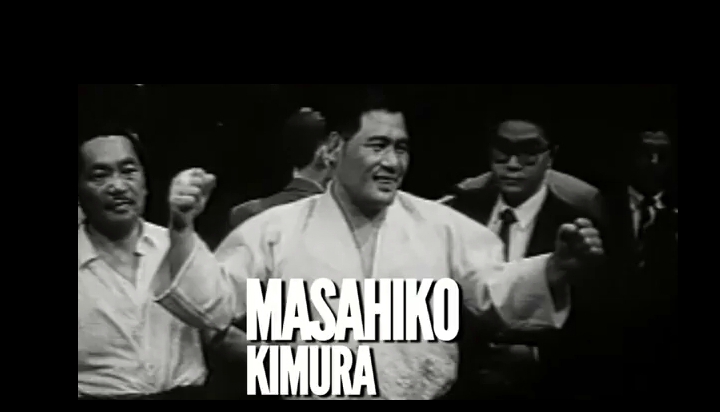windwalker099
2nd Black Belt
Does aikido use punches and kicks?
Yes it does, maybe not in the same way as other MA but as part of a larger strategy of movement..
THE
A R T O F
A I K I D O
Principles and Essential Techniques
KISSHOMARU UESHIBA
Execute a shomen strike with your front hand-sword, apply atemi with the fist of
your other hand while entering with your front foot, pivot on that foot, remaining
centered; and step in with a big sweep of the back hand-sword.
Some may find the reading interesting
An interesting art. My first contact it, with on the Island of Oahu HI....
while serving in the army, a friend of mine, a fellow G.I. who happened to be a "Shidoin (指導員)"
suggested a taiji teacher, in downtown Honolulu who might be able to help me
to understand a deeper depth of CMA.




